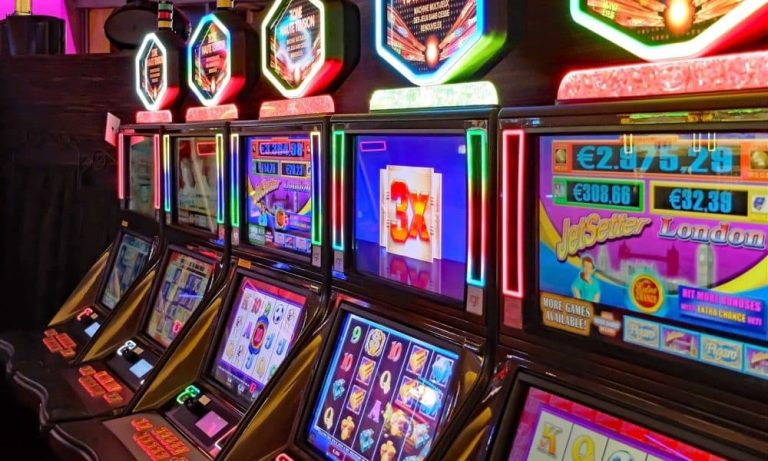
Bet sizing remains one of the most debated topics among bitcoin dice players searching for optimal strategies. The relationship between bet amount and winning frequency intrigues newcomers and veterans. While mathematical probability suggests bet size shouldn’t affect outcome frequency, practical gameplay observations sometimes tell a different story. When examining actual player results across various games including crypto.games/dice/bitcoin, patterns emerge that merit closer examination. The data suggests specific approaches to bet sizing correlate with different win rates, though the underlying mathematics of probability remains constant regardless of bet amount.
Betting systems compared
Various betting systems propose different approaches to managing bet sizes during bitcoin dice sessions. These systems optimize winning frequency and overall profitability through structured betting patterns. The Martingale system suggests doubling bets after losses, creating fewer but larger wins. Reverse Martingale advocates increasing bets after wins to capitalize on hot streaks. D’Alembert system recommends more gradual increases and decreases based on outcomes. Fibonacci follows the famous sequence for bet progression. Each system creates different perceptions of win frequency based on its unique betting patterns.
Mind over math
- Risk perception changes – Larger bets often make players more conservative with game settings, frequently selecting higher probability options with smaller payouts
- Session duration effects – Smaller bets typically extend gameplay time, creating more total rolls and changing the perception of winning frequency
- Result evaluation bias – Players remember big wins and losses more vividly, skewing the perception of actual frequency
- Decision fatigue factors – Longer sessions with smaller bets can lead to declining decision quality as mental fatigue increases
These factors combine to create different experiences with win frequency that go beyond the pure mathematics of the game. Your perception of winning frequency often varies significantly from the statistical reality.
Bankroll wisdom
Innovative bankroll management directly connects to bet sizing decisions. Your total available bitcoin funds determine sustainable bet sizes that allow for adequate sample sizes of rolls. Too large a bet relative to bankroll means fewer total plays, creating less reliable frequency data and potentially misleading conclusions about winning patterns. The ideal bet size typically ranges from 0.5% to 2% of your bankroll, providing sufficient rolls to approach the actual mathematical probability while protecting from variance. This balanced approach lets you gather enough data points to accurately assess win frequency without depleting funds during inevitable downswings.
Personal sweet spot
The perfect bet size varies for each player based on goals, risk tolerance, and playing style. Experimenting with different bet sizing strategies tracking results provides personal data on how different approaches affect your specific outcomes.
- Session goals matter – Entertainment-focused players benefit from smaller bets that maximize playing time
- Volatility preferences – Risk-tolerant players might prefer larger bets with less frequent but more impactful wins
- Playing session length – Short sessions work better with moderate bets, while extended play benefits from conservative sizing
- Result in tracking importance – Documenting outcomes across different bet sizes reveals personal patterns invisible in short-term play
While mathematics confirms that bet size shouldn’t affect winning frequency, practical gameplay involves many interconnected factors. Optimal bet size requires balancing mathematical probability, practical playing conditions, and personal preferences. The right approach creates an enjoyable balance between winning frequency and overall bitcoin dice results.






